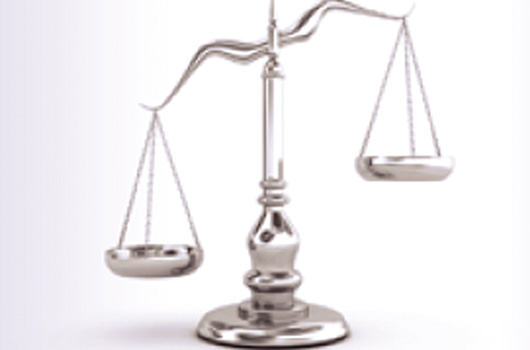Definition and History of Weighing

HISTORY OF WEIGHING
To define the weight of a mass, namely weighing whose history stands on thousands of years is one of the main areas of interest for metrology. Weighing is done by equilibrating the mass whose weight is unknown and another mass whose weight is known within equal distances in proportion to a brace. We call this mechanism as equal arm balance. Such a mechanism with leather pans, which has been made of 80mm quartz in Old Egypt, is exhibited in London Science Museum. Actually, the need for weighing something was arisen from a commercial concern as in today’s world. It is believed that the above mentioned mechanism has been used to scale the golden that came out of the sands of the Nile. The golden should have been measured in order to enter trading life and be exchanged and this was realized by equating its weight with the known weights. In Old Egypt, barleycorns have been used as known weight- because, may be it was abundant. The weight of 200 barley seeds was a standard unit and primitive equivalent to standard unit of today. In Middle Age, world richness and even Money was scaled for measurement. At that time, barleycorns that have also been the thousands of years before are used as standard unit. Those seeds are used to measure the small lengths as well. Wool, spice and silk can be counted among precious things like gemstones and golden for that time. Relatively heavy standard units were required to scale them. In Pharmacy, smaller standard units were required. In time, new standard units were created and used because of these requirements, but all of them were based on and equivalent to the oldest standard unit, barleycorns.
